Before the legendary McLaren F1, the British outfit was, almost exclusively, involved in building race cars and competing in various racing series like Formula One and Le Mans. While many believe the record-holding F1 to be the first road-going McLaren model, there was another, much more obscure car that was built in 1969. The McLaren M6 GT was a road-going version of the M6B race car, and like the F1 GT, it was, essentially, a homologation special, or at least it was supposed to be, given enough units were produced. More importantly, it was the brainchild of legendary racing driver and designer, Bruce McLaren himself.
McLaren’s First Road Car
Bruce McLaren’s vision was one of a road-legal car that was faster than anything else. The McLaren M6 GT was based on the M6B race car, which was an open-top race car that was developed for various racing series like Can-Am and was also available to private customers. The most obvious difference between the race-bred M6A and the road-going M6 GT was that the latter featured a closed cockpit, which was accessed via the butterfly doors.
Although the aesthetics and general architecture were largely carried over from the M6A, the M6B/GT was the first McLaren to feature an all-aluminum monocoque chassis that was constructed in-house. McLaren’s technical partner, Trojan-Tauranac Racing, which was responsible for the company’s competition models, was also involved in the road-going version of the M6B.
It is safe to say that the M6 GT's development started with the M6A race car. A few engineers and designers, among which include Robin Herd, Tyler Alexander, Gordon Coppuck, and Don Beresford, worked alongside Bruce McLaren to dial in the chassis and bodywork of the car that would eventually lead to the M6 GT. As a result, the road-going McLaren featured a fiberglass body that was optimized for downforce. At 1,764 pounds (800 kg), the M6 GT was also extremely lightweight. The M6 GT was also very ahead of its time design-wise - so much so that it can easily be compared to the V-10-powered McLaren Solus, of which only 25 will be made (and all of which spoken for).
Homologation for FIA Group 4 Racing
Bruce McLaren’s idea was to homologate a closed-cockpit variant of the M6 to race at the 24 Hours of Le Mans. At the time, the regulations stated that 50 road-going variants needed to be built. Bruce McLaren’s vision went even beyond that as the plan was to build 250 examples of the M6 GT. Unfortunately, the program was canceled after five or six prototype vehicles were built. At least two of these, however, were converted to road-going vehicles, and one of them – a red example with a license registration, OBH 500H, was Bruce McLaren’s personal car that he used for commuting to work and various events. The car was also used by him in order to evaluate the feasibility of building and selling the M6 GT road-going coupe. Once homologated, the closed-cockpit M6 race car would have competed with cars like the Alfa Romeo 33, Ford GT, Lola T70, and Ferrari 250 LM, to name a few.
The McLaren M6 GT was the literal definition of a race car for the road because it was exactly that – a race car that was converted for road use. The cockpit was minimalistic, featuring the essential instrument gauges and toggle switches. It did, of course, have a right-hand-drive configuration, but unlike most other Le Mans race cars, the gear shifter was to the left of the driver, like in a typical British road car.
What Powered the McLaren M6 GT?
The mid-engine McLaren M6 GT was powered by a modified, 5.7-liter (350 cubic-inch), Chevrolet LT1 engine. The 90-degree, OHV, V-8 was fed through four Weber Twin-choke carburetors and features 11:1 compression ratio. The result was 370 horsepower (276 kilowatts) at 5,800 RPM and 370 pound-feet (502 Nm) at 4,000 RPM. Power was sent to the rear through a ZF, 5DS-26, five-speed manual transaxle. Suspension-wise, the M6 GT came with double-wishbone suspension all around, featuring coil-overs and anti-roll bars. The 0 to 60 mph (97 km/h) took 4.2 seconds while 100 mph (161 km/h) was reached in 8.0 seconds. The McLaren M6 GT was said to be capable of over 180 mph (290 km/h), which made it the fastest road-going car in 1969.
The Dream of a Proper Series Production Died with the M6 GT’s Creator
By all accounts, the 1969 McLaren M6 GT was scheduled to be produced in greater quantities – 250 examples as we mentioned. In fact, McLaren’s technical partner, Trojan-Tauranac Racing, made a statement that it might market a road-going version, despite the failed attempt to homologate a racing version. Unfortunately, the idea died completely on June 2, 1970, when Bruce McLaren suffered a lethal accident while testing a McLaren M8B Can-Am racing prototype at the Goodwood Circuit. Nowadays, seeing a road-going McLaren M6 GT is an extremely rare occurrence, and stumbling onto one that is for sale is next to impossible.
Starring in the Original Gone in 60 Seconds Movie
The original Gone in 60 Seconds, from 1974, saw some impressive vehicles on the big screen, and the McLaren M6 GT was one of them…sort of. A California-based company called Manta Cars built replica models of both the road-going McLaren M6 GT and the Can-Am race version, called the Montage and Mirage, respectively.
Initially, the Mirage was built on a VW Beetle chassis, but the later Mirage T model featured a custom space frame and a mid-mounted, GM X-body V-6 engine. The rest were powered by Chevrolet V-8 engines. Most of them had the 5.4-liter Chevy 327 or a 5.7-liter Chevy 350 while only a few featured the 7.4-liter 454 Big Block or a modified 7.5-liter Ford 460. The V-8 variants also came with a Chevrolet Corvair transaxle mated to the engine via a Kelmark adapter.
One of the 48 Manta Mirage models was featured in the original Gone in 60 Seconds movie from 1974 as seen in the beginning of the original movie trailer. Another one can be seen in 1983 movie, Deadline Auto Theft. At around 1,900 pounds (860 kg), the Mirage replica cars were not much heavier than McLaren’s original.

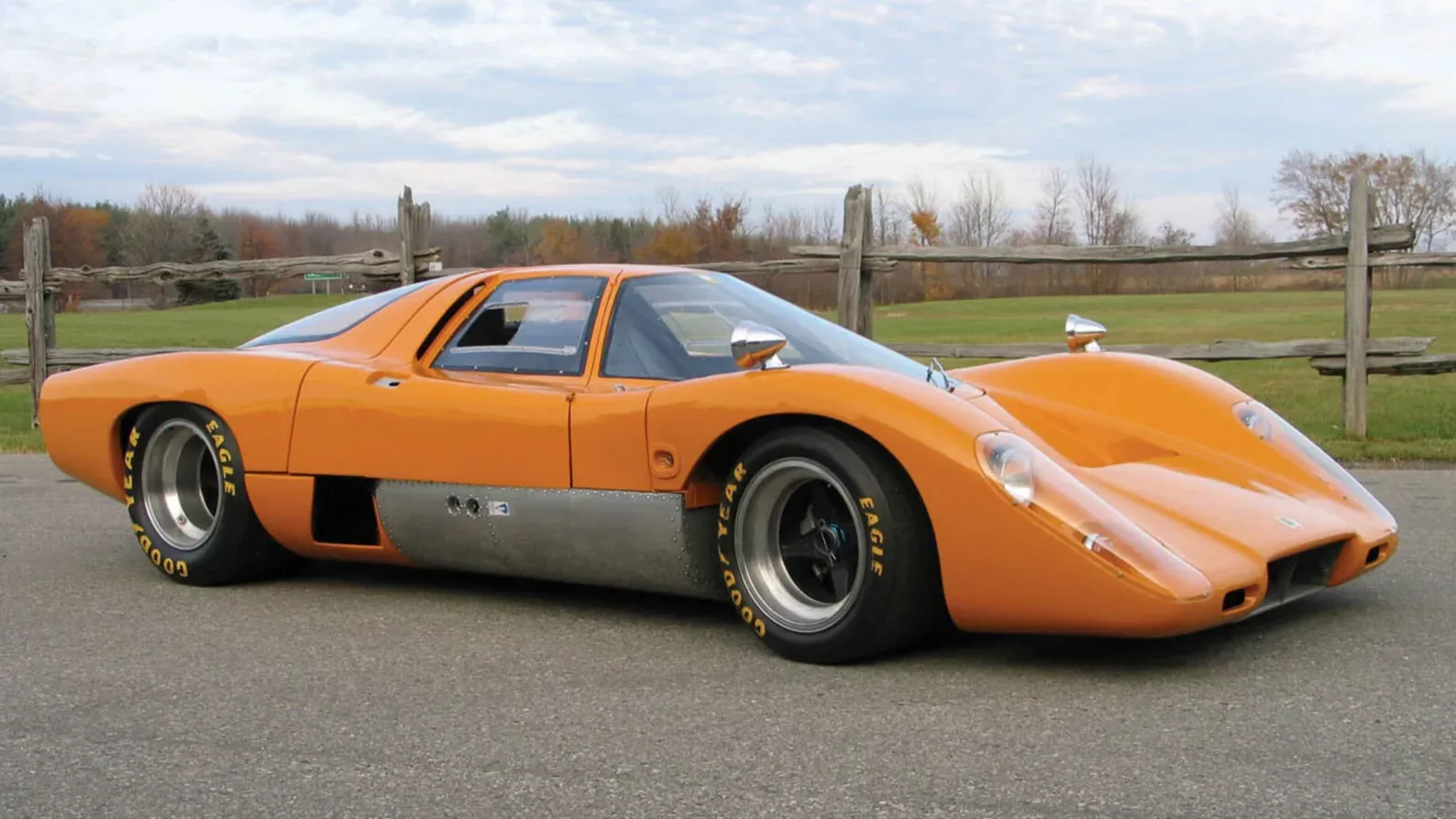
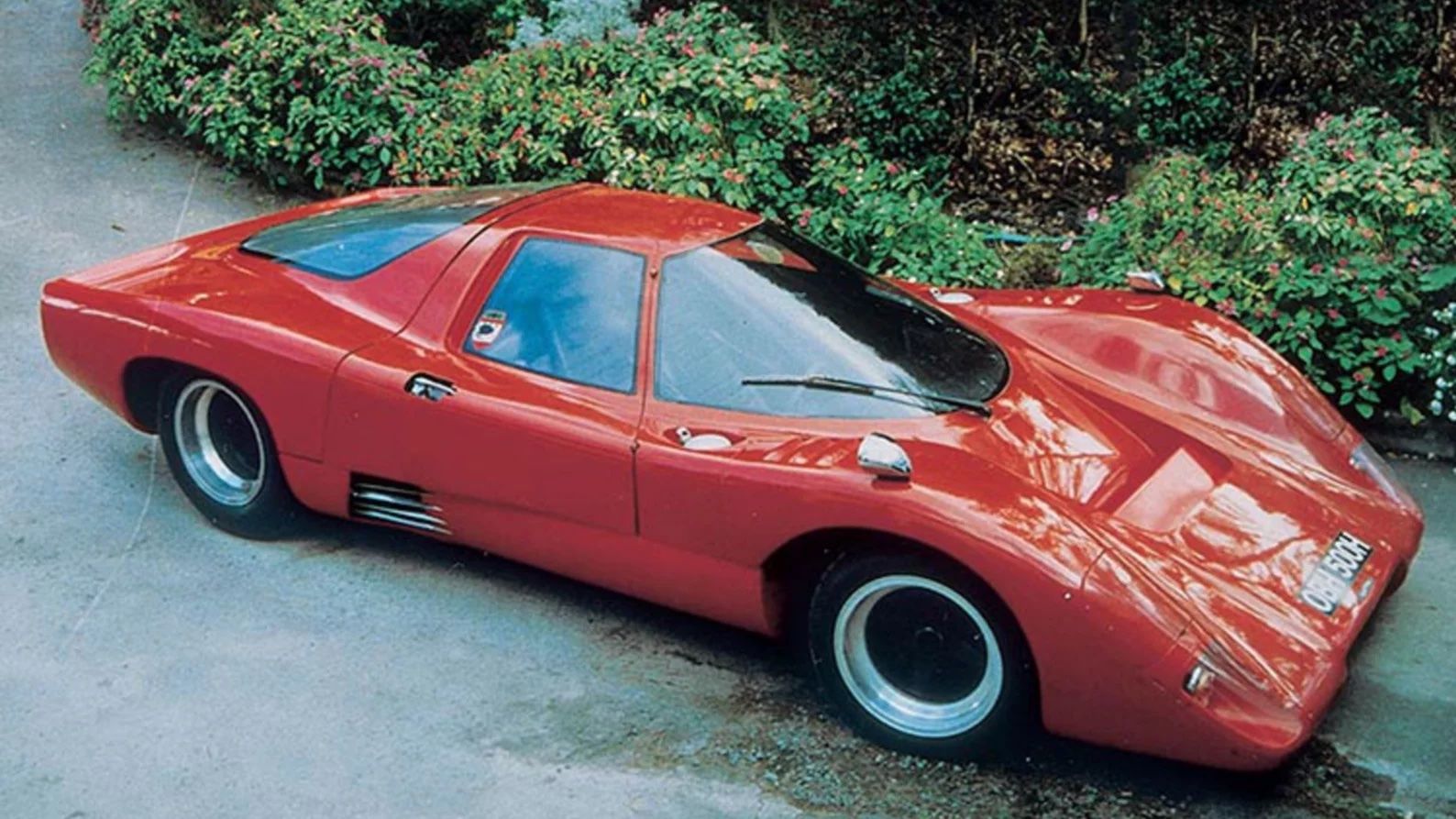
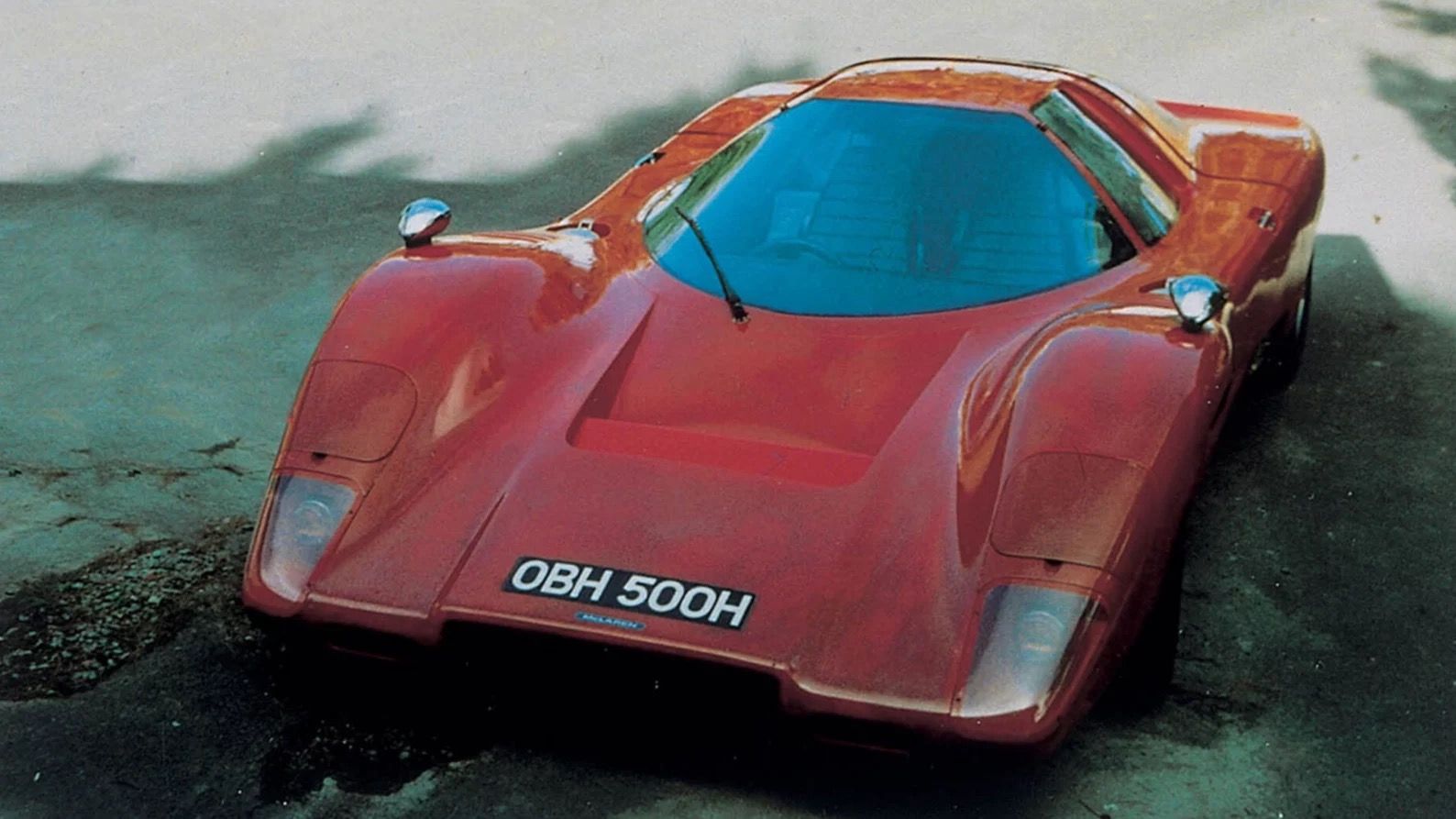
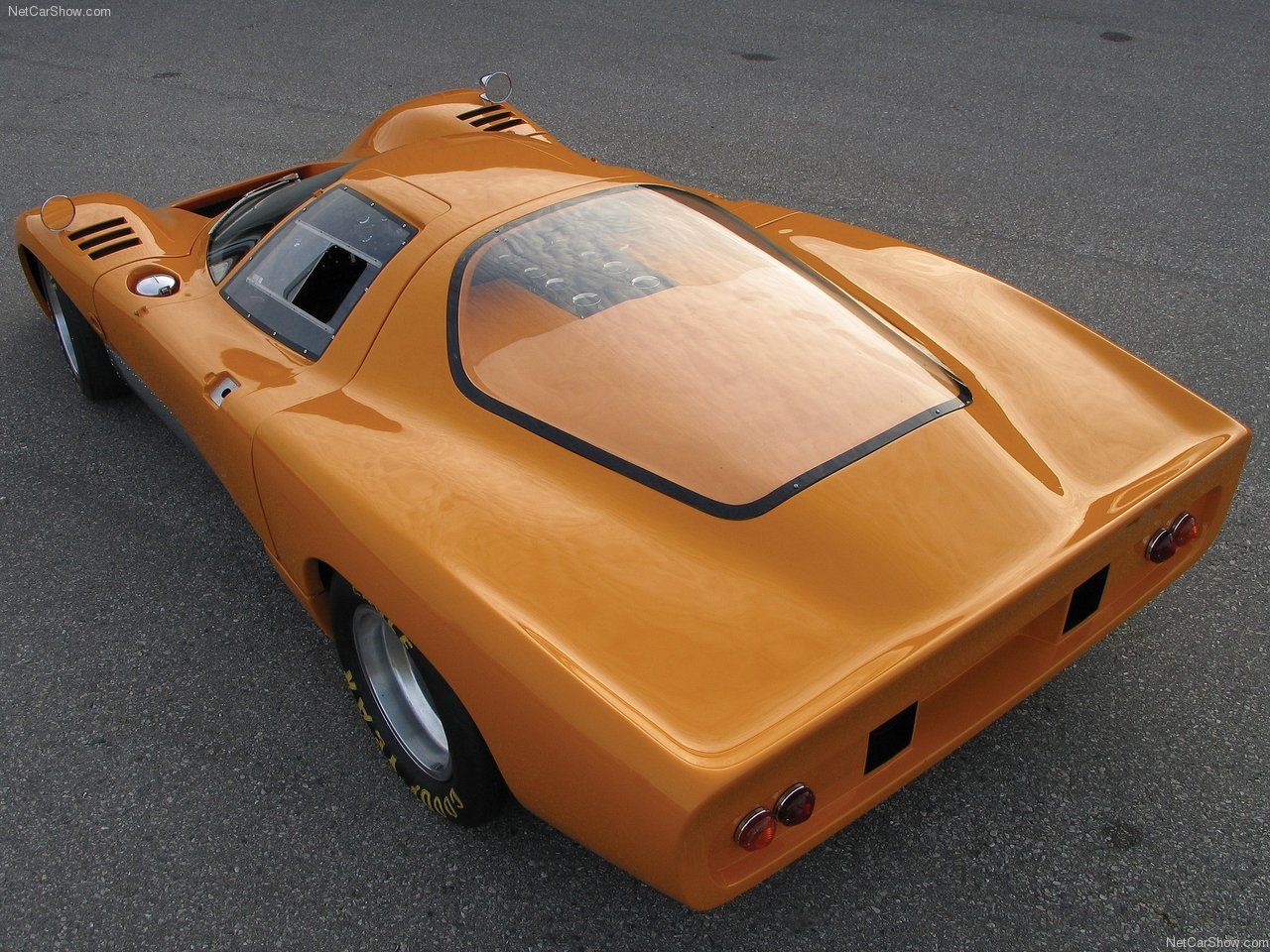
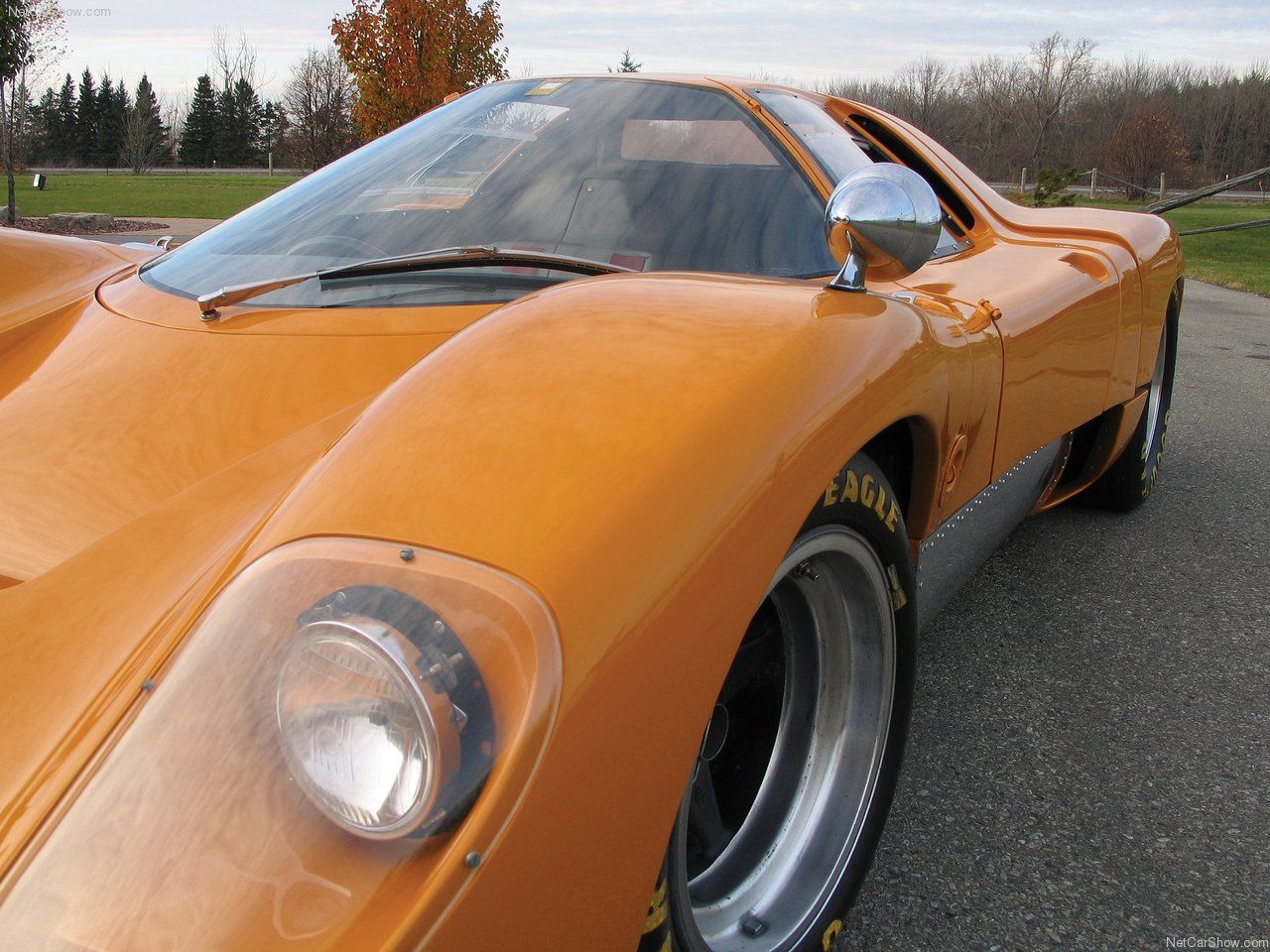
.jpg)